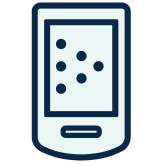RFID Hardware
Discover the essential RFID hardware that enables seamless tracking and efficient data management. Streamline your operations with the right tools to unlock your business’s full potential.
Hardware to Streamline Your Operations
Discover more about the range of cutting-edge RFID hardware designed to optimise your daily operations. Each component is carefully selected to ensure seamless integration and reliable performance, boosting efficiency and productivity across your organisation.

Readers
Power RFID readers ensure rapid and accurate data collection, enhancing asset visibility and streamlining inventory management.

Portals
These robust systems provide real visibility, allowing you to monitor and secure entrances, exits, and key areas within your facility.

Tunnels
Designed for high-volume, automated scanning. Enabling quick processing of items, even in fast-paced, challenging conditions.

Printers
These versatile devices support a wide range of applications, enabling you to create custom labels and tags to suit your specific needs.
Ramp’s Custom RFID Portal Solutions
Ramp’s RFID Tunnel Reader for Meat
Avery ADTP EcoCut Printer
Avery ADTP2 Thermal Printer
Avery ADTP1 Thermal Printer
Frequently asked questions
about RFID Hardware
Yes, many RFID printers can print both barcode labels and RFID tags, offering a versatile solution for various identification and tracking needs in your business.
RFID printers typically print on a variety of materials, including paper, synthetic labels, and RFID inlays, depending on the specific printer model, and intended application. Talk to one of our experts if you need help finding what you need.
When selecting an RFID printer, consider factors such as printing volume, label size, connectivity options, and the types of tags or labels you plan to use. It’s important to choose a printer that aligns with your specific business requirements.


